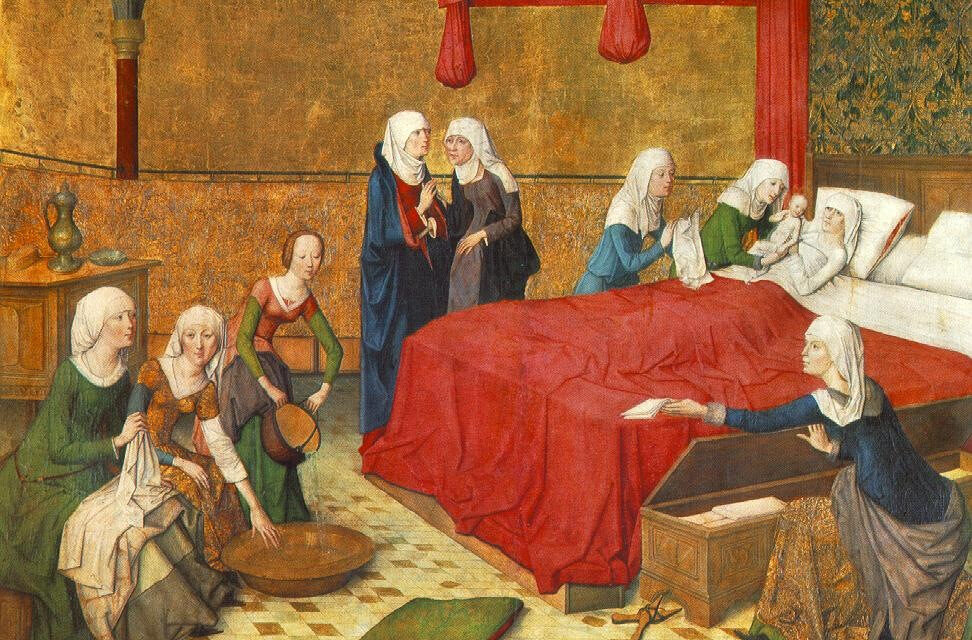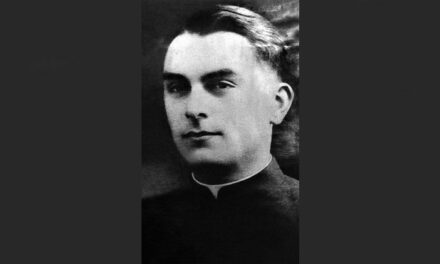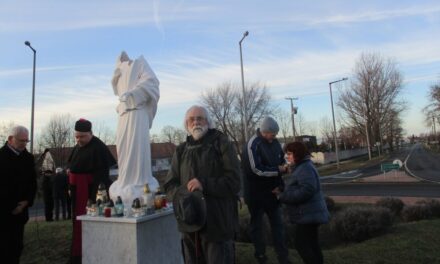The Catholic Church celebrates the birthday of the Virgin Mary (Nativitas Beatae Mariae Virginis) on September 8, the day of the Blessed Virgin Mary.
His story
The reason why the holiday became September 8 is because on this day the Jerusalem church in honor of St. Anna was consecrated at the beginning of the 5th century, which is located in the place where, according to tradition, the Virgin Mary was born. This church still stands today, dedicated to Saint Anne. Pope Sergius I probably introduced the holiday to the Western Church at the end of the 7th century, and then IV. Pope Ince added an eighth in the 13th century, which lived until 1955.
The XII. from the 19th century onwards, the holiday falls on September 8. In Hungary, the XVIII. developed into a holiday in the century. Many folk customs also developed at that time. It was abolished in 1955.
Today, there are nearly 180 Little Blessed Virgin Mary churches or chapels in Hungary, which usually have their farewell on this day. The most famous place of pilgrimage is the Church of Our Lady of Máriaremet, where many miracles and apparitions have already taken place.
Folk customs
For the dawn of this day, the faithful waited outside and "joined the angels" who rejoiced in heaven at the birth of the Virgin. Together they said:
Blessed are you, holy Virgin Mary, and worthy of all praise, because from you arose the Sun of righteousness, Christ our God.
Those who were worthy could see the Virgin Mary in the rising sun.
According to the weather prediction, if it rains in bubbles on this day, the autumn will be rainy and the sowing will not be good.
According to belief, cornstalks, willows, hay, three apples and three reeds were consecrated on this day. If one of the animals got sick, it was fed. They locked the animal and drew a cross on the outside of the door.
If they could not sow the winter wheat on the Day of Singles, they did so on the Day of the Little Virgin. The parched wheat was spread out for the priest to sprinkle with holy water while those present prayed. In the Balaton and Göcsej regions, they asked God to sanctify it with dew, with the prayer request "Lord sanctify it". Then at sowing, throwing the empty sacks, they begged God to make the grain grow so big. This type of grain produces plenty and does not become moldy.












